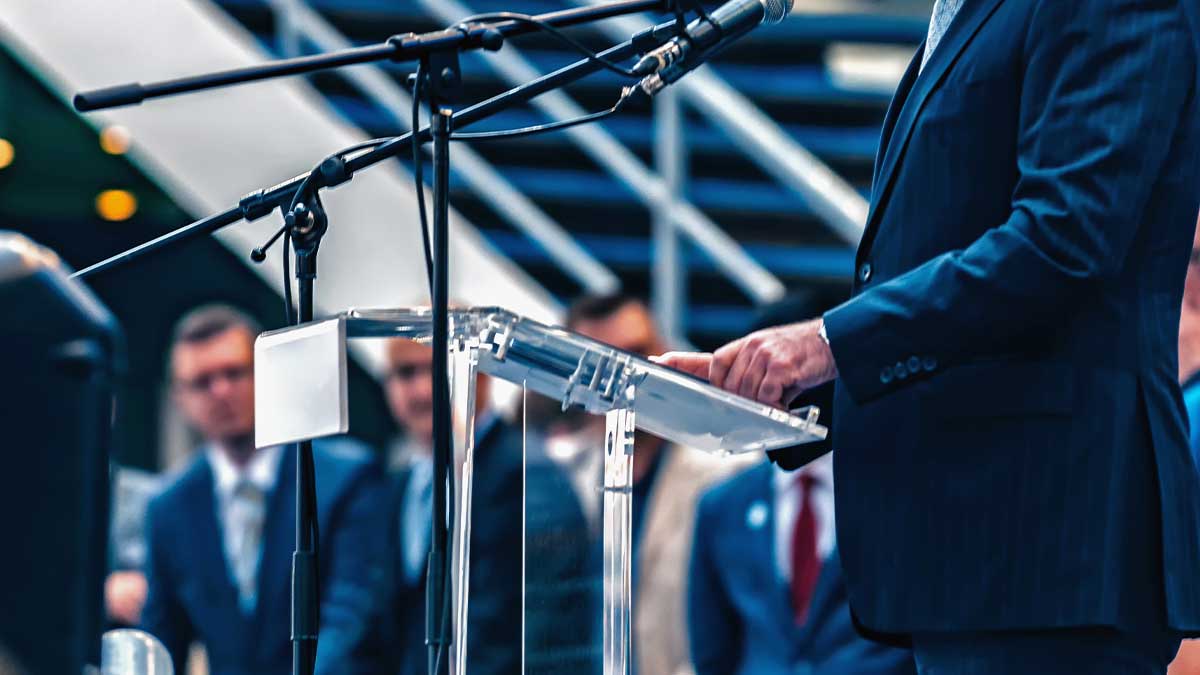In an era marked by political polarization, the divide between ideological camps seems wider than ever. The concept of partisanship has deeply embedded itself in the political landscape, often overshadowing policy debates and preventing constructive dialogue. As we navigate these treacherous waters, it’s essential to understand the challenges posed by partisanship and explore potential solutions that can bridge the gap.
The Roots of Partisanship
Partisanship is not a recent development; it has deep historical roots in democratic societies. Political parties form around shared beliefs, values, and policy objectives. However, the growing polarization we witness today is characterized by an “us vs. them” mentality, where compromise is seen as weakness rather than a cornerstone of democracy.
The Impact on Governance
One of the most significant effects of intense partisanship is gridlock within governmental institutions. The inability to find common ground and pass essential legislation can hinder a country’s progress and damage public trust. This gridlock can result in missed opportunities to address pressing issues, from healthcare reform to environmental policy.
Media’s Role in Partisanship
The media landscape has also evolved in ways that contribute to partisanship. Cable news channels, for instance, often cater to specific political audiences, reinforcing preexisting beliefs and reducing exposure to diverse perspectives. This can lead to an echo chamber effect where individuals only hear opinions that align with their own.
Social Media’s Amplifying Effect
The rise of social media has further amplified political polarization. Platforms designed to connect people have, at times, acted as catalysts for divisiveness. The echo chamber phenomenon extends to social media, where algorithms show users content they’re likely to engage with, further entrenching their views.
Building Bridges and Finding Common Ground
Addressing the challenges of partisanship requires a concerted effort from all segments of society. Here are some steps that can be taken:
1. Promote Media Literacy: Educating citizens on how to critically evaluate news sources and identify misinformation is crucial. Media literacy programs can help individuals make more informed choices about the information they consume.
2. Encourage Civil Discourse: Create platforms for civil political discourse. Town hall meetings, debates, and community discussions can facilitate respectful conversations between individuals with differing viewpoints.
3. Support Bipartisanship: Highlight instances of bipartisan cooperation and acknowledge the value of compromise in politics. This can help shift the narrative away from extreme partisanship.
4. Foster Civic Engagement: Encourage active participation in the democratic process, from voting to community involvement. Engaged citizens are more likely to focus on issues rather than party lines.
5. Advocate for Electoral Reform: Evaluate and advocate for electoral systems that promote moderate voices and reduce the incentives for politicians to cater exclusively to their base.
The challenge of partisanship is not an issue that will disappear overnight. However, recognizing its impact and actively working to mitigate its divisive effects is crucial for the health of any democracy. By fostering media literacy, encouraging civil discourse, and promoting bipartisan cooperation, we can hope to bridge the ideological gap and build a more harmonious and productive political landscape. In this endeavor, we all play a vital role.








